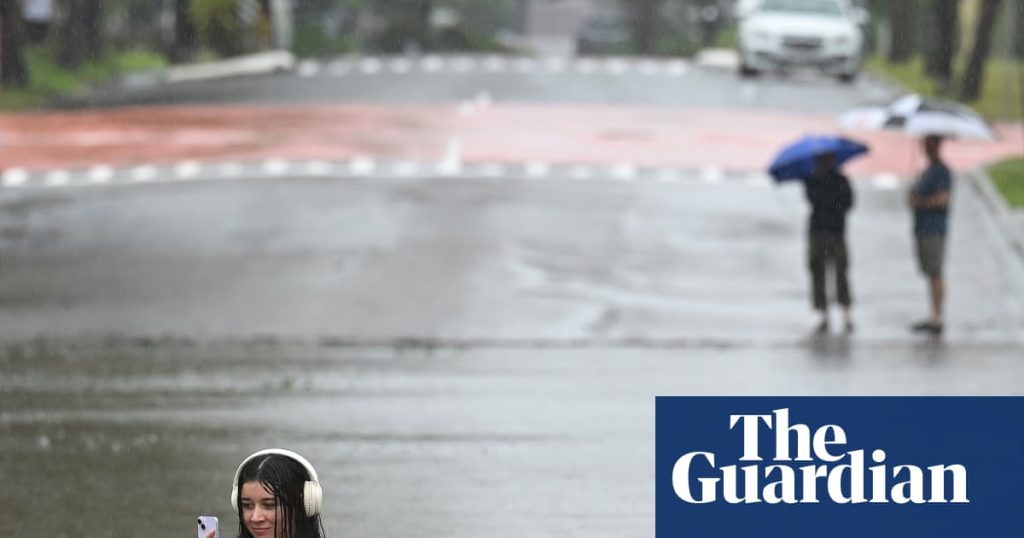Queensland Urged to Modernize Disaster Communication, Embrace Influencers
Queensland authorities face a “critical need” to revamp their emergency communication strategies, incorporating social media influencers and reducing the emphasis on political figures during natural disasters, according to a new study. The research, conducted by Dr. Susan Grantham of Griffith University and published in The Communication Review, analyzed government messaging during Tropical Cyclones Jasper (2023) and Kirrily (2024), revealing significant shortcomings in the current approach. The study highlights the dominance of user-generated content on platforms like TikTok, often spreading misinformation and potentially dangerous advice, while official government presence remains limited, particularly among younger demographics who rely heavily on these platforms.
Dr. Grantham’s analysis found that the traditional reliance on political leaders for disaster briefings, while viewed as a leadership test, often overshadows crucial safety information. During Cyclone Kirrily, the prominence of politicians “diluted critical safety messages,” shifting the focus from actionable advice to political posturing. This politicization of disaster communication risks public disengagement and reduced compliance with directives, potentially endangering lives. The study argues that prioritizing political visibility over clear, concise safety instructions erodes public trust and creates confusion.
The study further reveals a striking absence of official government presence on platforms like TikTok, especially during Cyclone Jasper. This void allows user-generated content, often inaccurate or misleading, to fill the information gap. The lack of “informal, engaging” content from official sources further exacerbates the problem, as traditional briefings, while authoritative, often fail to connect with younger audiences. This absence creates a fertile ground for misinformation to flourish, potentially leading to dangerous behavior during emergencies.
The research underscores the growing importance of platforms like TikTok as primary information sources, particularly for newcomers to Queensland who may lack experience with cyclones. The rapid population growth in the state includes many individuals who rely heavily on social media for information, making it crucial for authorities to engage effectively on these platforms. The study cites examples of misleading TikTok videos, including one from a self-identified health worker expressing confusion about official directives, highlighting the potential for miscommunication and its impact on vulnerable populations.
Dr. Grantham proposes a significant shift in strategy, recommending partnerships with “trusted influencers” to amplify official messages on platforms like TikTok. This collaborative approach would allow authorities to reach younger audiences and counteract misinformation in real-time. By leveraging the established reach and engagement of influencers, the government can ensure that accurate and actionable information reaches a wider audience, particularly those who rely primarily on social media.
The study’s findings underscore the urgent need for a modernized, integrated crisis communication strategy that combines the authority of traditional briefings with the immediacy and engagement of social media. This integrated approach should prioritize clear, concise safety information over political messaging, ensuring that the public receives timely and accurate guidance during emergencies. By embracing social media platforms and collaborating with influencers, Queensland authorities can effectively counter misinformation, enhance public trust, and ultimately improve disaster preparedness and response. The study’s recommendations offer a roadmap for a more effective and relevant communication strategy that meets the evolving needs of Queensland’s diverse population.


